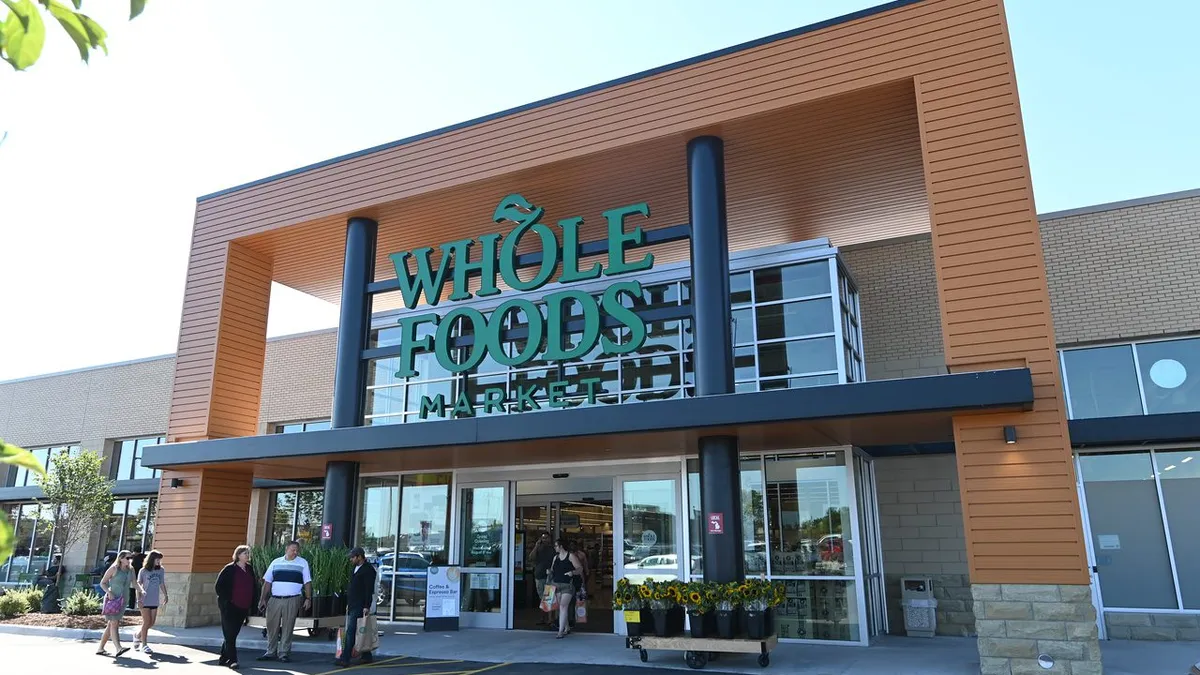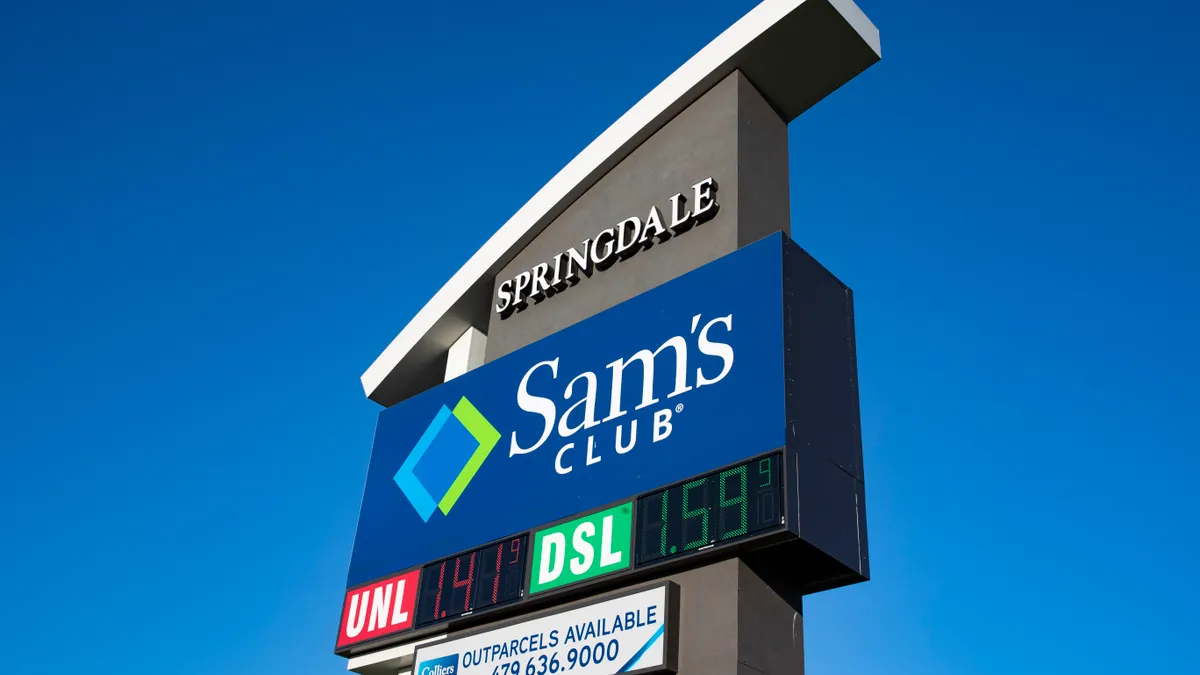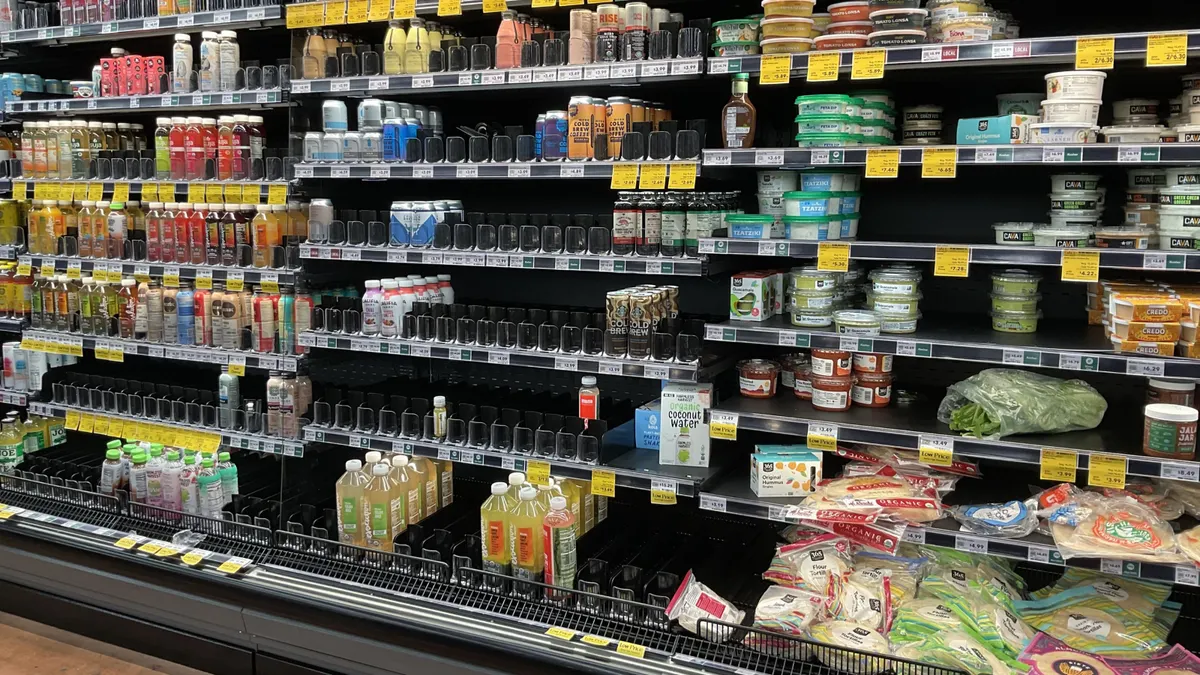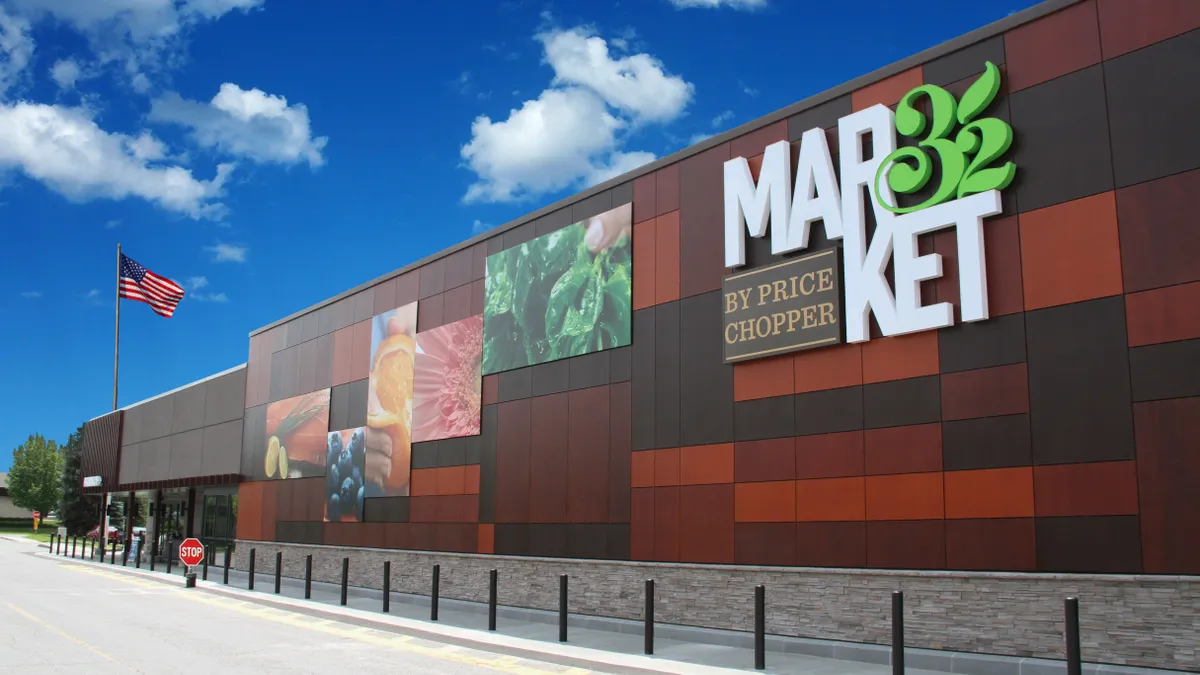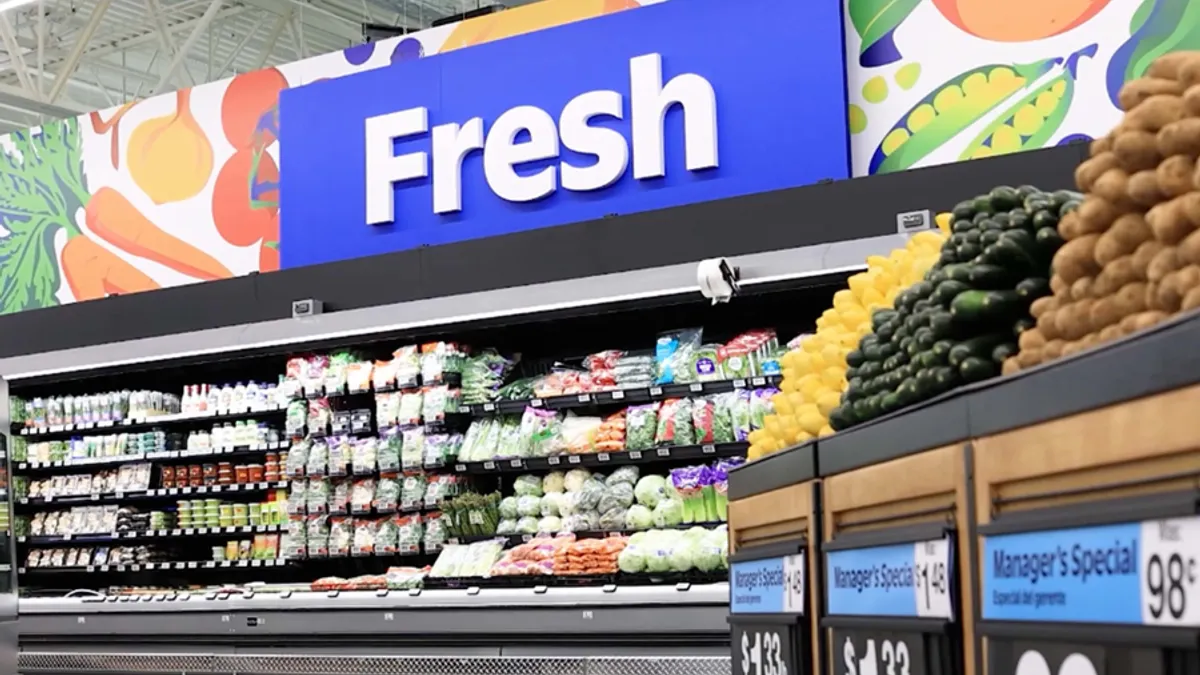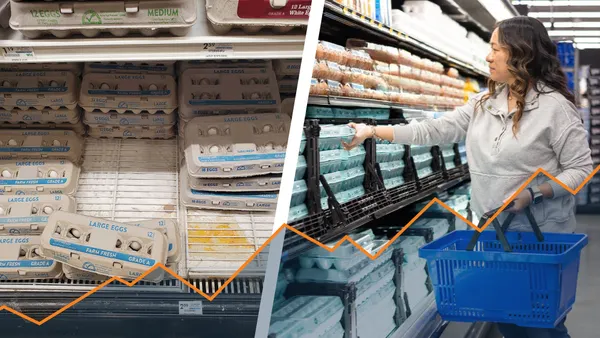With members of Generation Z being as tech-savvy as they are, many grocers may assume that these consumers care more about online shopping than in-store experiences.
The reality, however, is that Gen Z wants it all.
This generation craves an in-store experience but is also looking to grocers’ digital capabilities to enhance it, whether through product discovery, organizational features or discounts and deals, according to sources.
Digital engagement has become a crucial touchpoint with shoppers of all ages as omnichannel penetration across the store stands at more than 90%, according to a recent FMI — The Food Industry Association report citing data from NielsenIQ. This means that nearly all consumers are buying both in-store and online, with food presenting the biggest e-commerce opportunity, the report noted.
But even if online shopping happens across age groups, the needs of Gen Z should be grocers’ guideposts as they continue to develop their omnichannel capabilities, according to experts. Gen Z, ranging from 13 to 28 years old, is regarded as the most connected, influential and largest generation to date, with a projected global spending power of $12 trillion by 2030. In addition, they will be the “purest” omnichannel shopping generation, per the report.
“What differentiates Gen Z a little bit is that there’s a desire and aspiration to be met by retailers [and] by grocers [by] the way they live their lives,” said Jack O’Leary, NielsenIQ’s director of e-commerce strategic thought leader.
What Gen Z wants
As far as making an impression on Gen Z customers, the quality of a grocer’s store app and website is just as important as the brick-and-mortar store itself, according to FMI and NielsenIQ’s report.
Among age cohorts, Gen Z holds the quality of a store’s app/website in the highest regard
The role of the mobile app becomes even more important considering that’s where most Gen Z shoppers begin their grocery shopping trips.
“[More than] 50% of consumers [across retail sectors] are engaging in pre-trip planning behaviors, and I imagine in grocery that’s even higher as it’s a more planned purchase,” O’Leary said. With Gen Z being the first “digitally native consumer cohort,” this behavior is expected to grow, he said.
It’s key that grocers follow through on consumers’ shopping plans with a “seamless, non-clunky, digital-to-physical experience throughout,” O’Leary said, noting that grocers need features and capabilities that offer this.
For example, when Wegmans recently updated its mobile app and website, the grocer introduced new list-building capabilities that enable customers to track what they’ve added to their cart and what they still need to grab as well as to find where an item is located in the store.
In-store mobile device usage year-over-year across all surveyed age cohorts is dominated by shoppers visiting retailers’ apps, per FMI and NielsenIQ’s report.
More shoppers are using retailer’s apps while in stores
Like pre-trip planning, mobile device usage is only expected to increase as Gen Z ages, per the report, leaving the opportunity for grocers to not only flex their seamless digital-to-physical shopping features but also to build younger shoppers’ loyalty to specific stores, according to FMI.
Where Gen Z’s values lie
Sustainability, ethical sourcing and good-for-you attributes are often viewed as cornerstones of what draws Gen Z into stores and to new products. However, economic woes are still influencing their behavior.
While Gen Z is “unprecedentedly wealthy” compared to the generations that preceded it, “income doesn’t equate to spending,” according to NielsenIQ’s SpendZ report released last year. The report added that price and quality are more influential over Gen Z’s purchase decisions.
When it comes to price concerns, however, coupons are not the way to approach Gen Z, NielsenIQ said in its report, noting that retailers should instead, build out digital circulars, loyalty apps and digital promotions.
Authenticity is another top value for Gen Z, especially considering the generation’s focus on social and cultural values.
International grocers have an opportunity to lean into authenticity. For example, younger Latino consumers place more value on authenticity in the form of cultural representation. These shoppers aged 18 to 34 also say they trust brands that recognize differences in their respective cultures and intentionally choose brands that highlight their culture, per PDG Insights’ U.S. Latino Pulse Study report.
“Some of the ways to display authenticity as a retailer is having things like really deep ratings and reviews so that Gen Z [shoppers] can feel reinforced by their shopping peers,” O’Leary said, noting that Gen Z consumers pay particular attention to user-generated content.
Factoring in social media
Social media is another powerful contributor to grocers’ omnichannel shopping experiences, sources said.
Social media is oftentimes a source of inspiration for product discovery or finding new recipes, said Kim Cox, managing director of e-commerce at NielsenIQ. A number of products consumers find online are purchased directly through social media shopping platforms, such as the TikTok Shop, but two out of five consumers also bring this inspiration in-store, searching in local stores for products that pique their interest on social media, she said. Cox added that social media has instilled in Gen Z the expectation that the products they see online must be available on grocers’ shelves.
“There is a lot of purchasing of food products on TikTok, things like confections, sports and nutrition powders, supplements — things that influencers love to talk about,” Cox said. “So some of those products are not just being bought on TikTok Shop, but … also on shelves because consumers don’t necessarily want to buy on TikTok all the time.”
Availability is a must when establishing loyalty with Gen Z, according to FMI, as the generation is “deeply invested in their desired brands being available wherever they are.” This builds on the notion that younger consumers expect retailers to meet them where they are.
So, if an app says a product is in stock, Gen Z wants retailers to live up to that promise.







